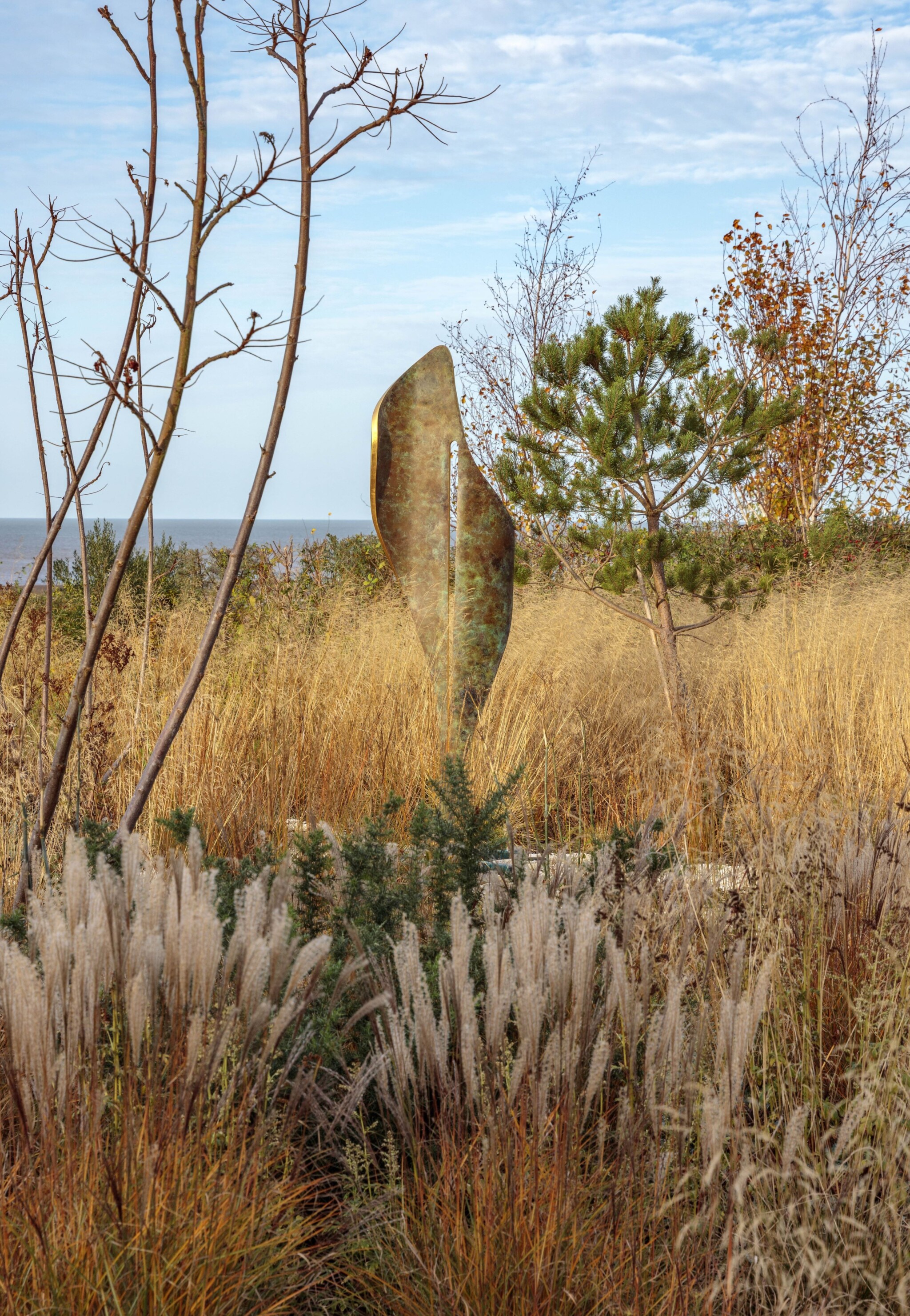
A Wild Approach To Landscape Design: A Quick Guide To Naturalistic Planting
Embrace the beauty of the wild. Discover our quick guide to naturalistic planting and learn how to create a softer, more organic landscape design at home.
10th Dec 2025
Experience David Harber in Nashville and Palm Beach this January
All our news, interviews and practical tips in one place.

Embrace the beauty of the wild. Discover our quick guide to naturalistic planting and learn how to create a softer, more organic landscape design at home.
10th Dec 2025
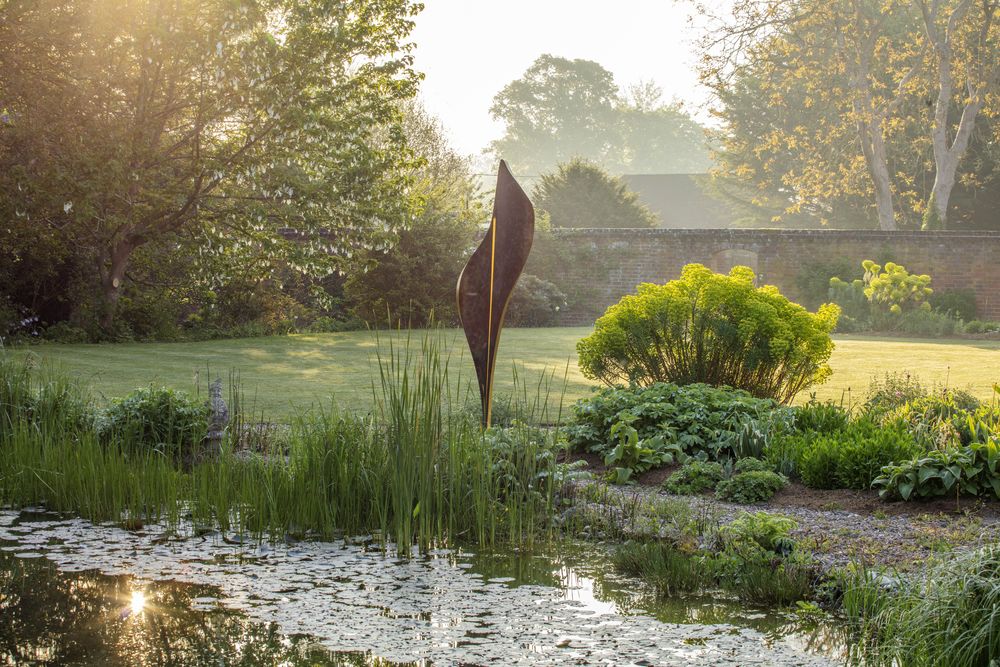
Discover how art transforms your outdoor space. Learn to choose and position sculptures that capture light, evoke reflection, and endure as a lasting heirloom in your landscape.
27th Nov 2025
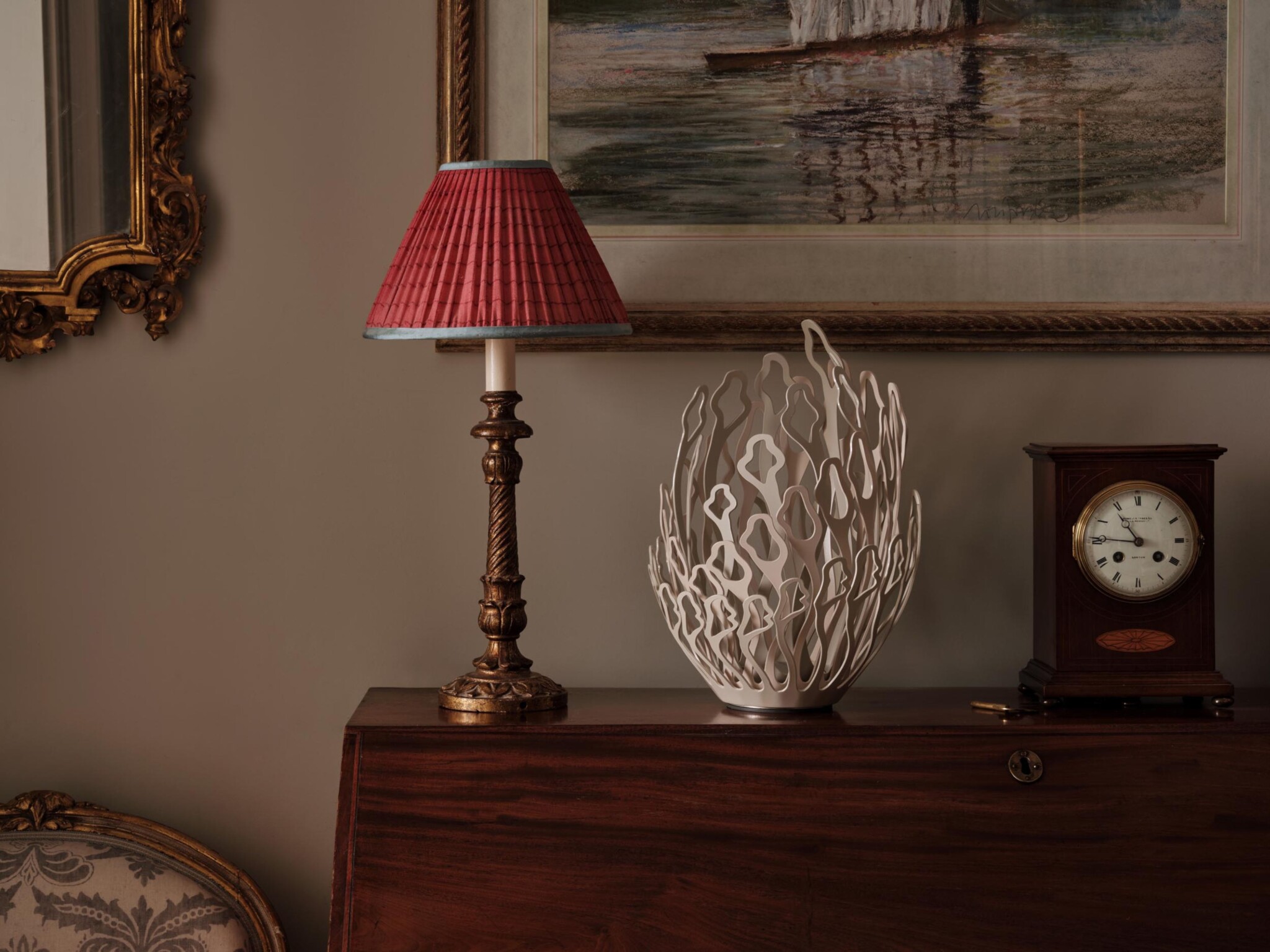
Ready to decorate with sculpture? Learn creative ways to display art at home to add personality and style. Explore simple, artful tips for every room.
24th Oct 2025
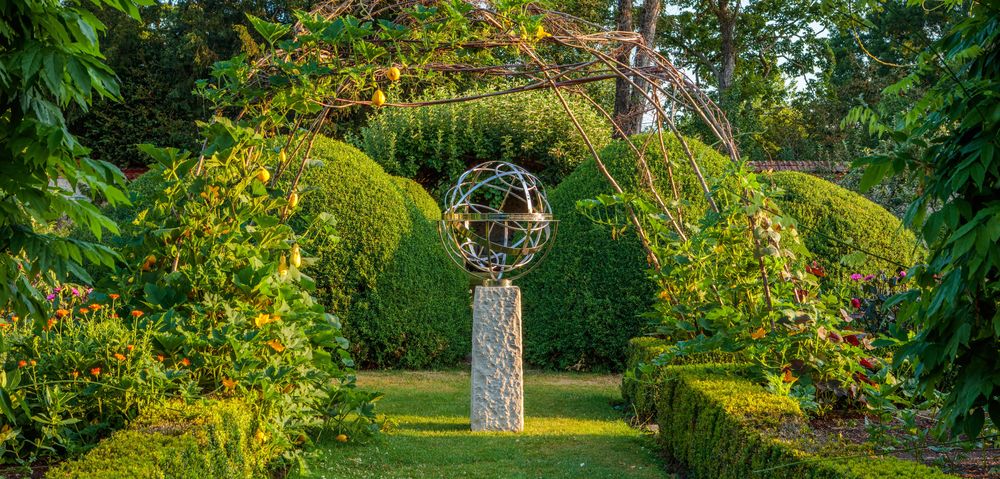
Discover the Armillary Sphere: the perfect marriage of science and sculpture. An enduring instrument that captures celestial light and the essence of passing time.
7th Oct 2025
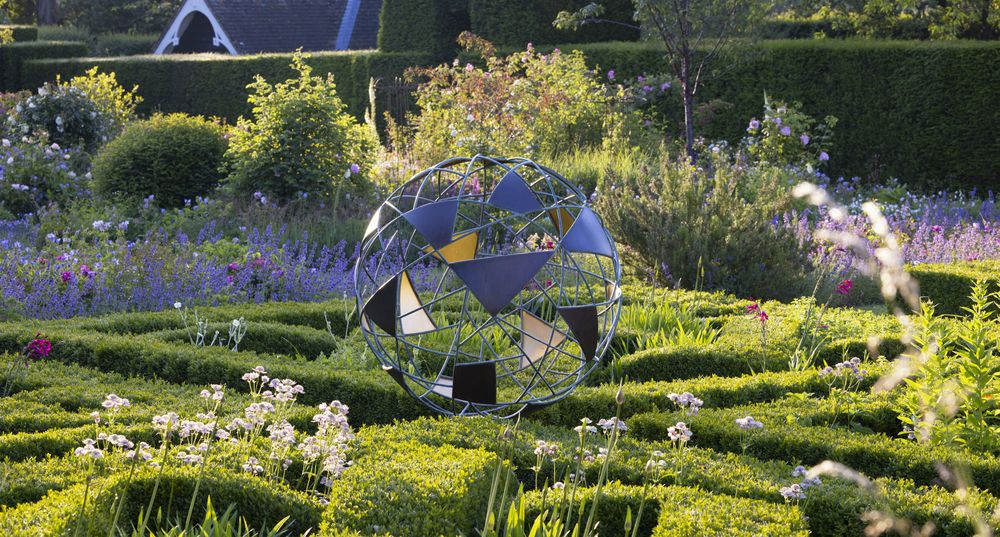
Discover how contemporary abstract sculpture acts as a stunning focal point in landscape design, transforming green spaces into interactive cultural environments.
18th Sep 2025

Go beyond fleeting trends. Explore the enduring beauty of organic sculpture for your interior or garden, and learn how a single piece can shape a space for generations.
5th Sep 2025

Telling time by the sun is an act of everyday magic. Our simple guide will show you how to read a sundial, revealing the beauty and function of this unique timekeeping device.
25th Aug 2025
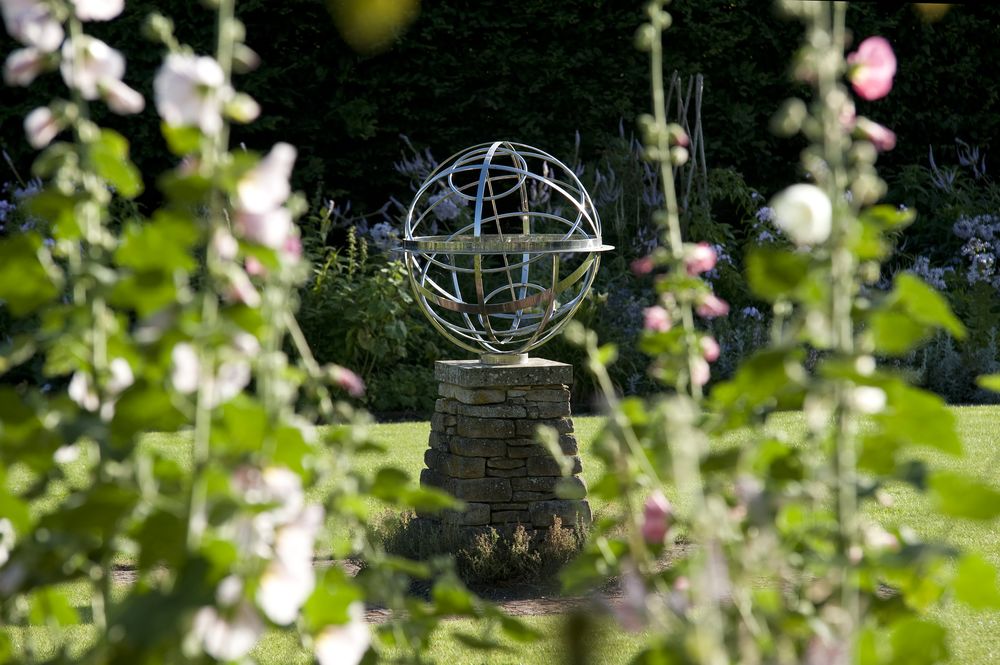
Discover the ancient art of timekeeping. Learn how to set a sundial, turning a garden ornament into a beautiful, functional timepiece that celebrates the sun’s journey across the sky.
6th Aug 2025
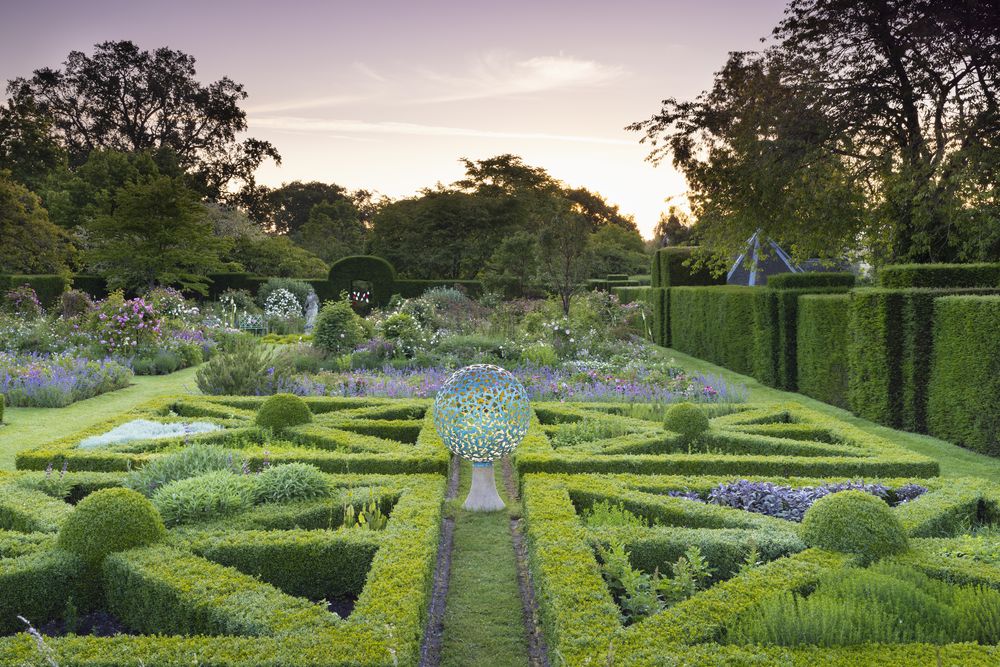
Unlock the transformative power of landscape sculpture. Learn how a single piece can redefine your garden, creating a stunning focal point and adding year-round beauty.
22nd Jul 2025
Whether you’ve decided on a piece or you just want to sound out an aspect of our work, please get in touch with our team to discuss your needs.